47.
A number of years ago I put together what I thought might be a good period fruitcake recipe. I never got around to making it, so, since we’re having a Sugar & Spice & Everything Nice theme for culinary night this week here’s an updated recipe and my finished version of it.
I originally got the idea for this from Jennifer Strobel, so again, many thanks go to her.
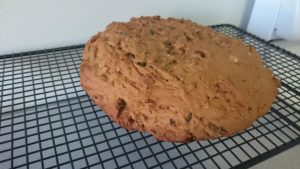
The first version is from Libro Novo (1557)
To Make Mostazzoli of Sugar
Take three pounds of candied citron cut very finely, five pounds skimmed honey, five eights of an ounce of pepper, one scruple of saffron, three quarters of an ounce of cinnamon, three grains of musk, and enough flour that it will hold all these together. Make the Mostazzoli large or small as you would like them to be. You will bake them as you would pampapati.
That’s fairly straight forward. Modern honey fruitcakes are similar to that though with the addition of some baking powder.
- 3 lb Candied Citron – diced
- 5 lb honey (6 2/3 cups)
- 5/8 oz pepper
- pinch saffron
- 3/4 oz cinnamon
- 3 grains musk
- flour
Mostazzoli still exist as Italian honey cookies and you can see some recipes here. It’s clearly changed significantly over the years.
The second version is from Del Compendio de i Secreti rationali (16c.) as provided and annotated by Jennifer Strobel.
The way to make “pan forte” that is made by the Spiciers (Chapter 39, Fifth book)
The strong bread that is made by the spiciers of Rome is called Peppered bread, because it contains pepper, in Bologna it is called spiced bread because they put inside many more types of spices, and in Venice they call it strong bread because of the pepper they put in, and in other places it is called in many other ways, however in all these places the way of making it is almost only one, and one makes it thus that is, one takes flour, and one gives it it’s raising agent (bigo) the same as one does for making bread, and then one pastes it (mixes it) with water and honey more of the one (first) than the other (second), and one puts into it pepper, saffron, cumin, cloves, candied gourd (could be squash given time period of writing) and candied orange peel, and all these above things one puts in in the quantity that is the opinion of the spicier, that one agrees is better to add to this bread; and when it is mixed make the bread and leave it to raise, and then put it to cook in the oven, taking care that the oven is not too hot when you add the bread, and this is very healthy to the stomach because of the spices it has inside.
This one’s more like bread, but it does give us an alternative to citron (candied gourd or orange peel) and an alternative to musk (cumin and cloves).
- flour
- leaven
- water
- honey
- pepper
- saffron
- cumin
- cloves
- candied gourd
- candied orange peel
So with that said here’s my version, which is primarily based on the first version with aspects of the second to replace the musk:
- 1 1/2 cups honey
- 3/4 lb candied citron (option: sub orange peel or other candied fruit for part of this)
- pinch saffron
- 3/4 tbsp pepper (option: sub 1/4 of this for long pepper)
- 1 tbsp cinnamon
- 1 tsp cumin
- 1 tsp cloves
- 3 cups flour
- grind saffron between fingers, add to honey, heat on stove 10 minutes
- mix two cups flour with the spices, ground fine
- slowly mix the honey into the flour until fully incorporated
- mix in candied citron
- mix in more flour until forms a thick dough, formable by
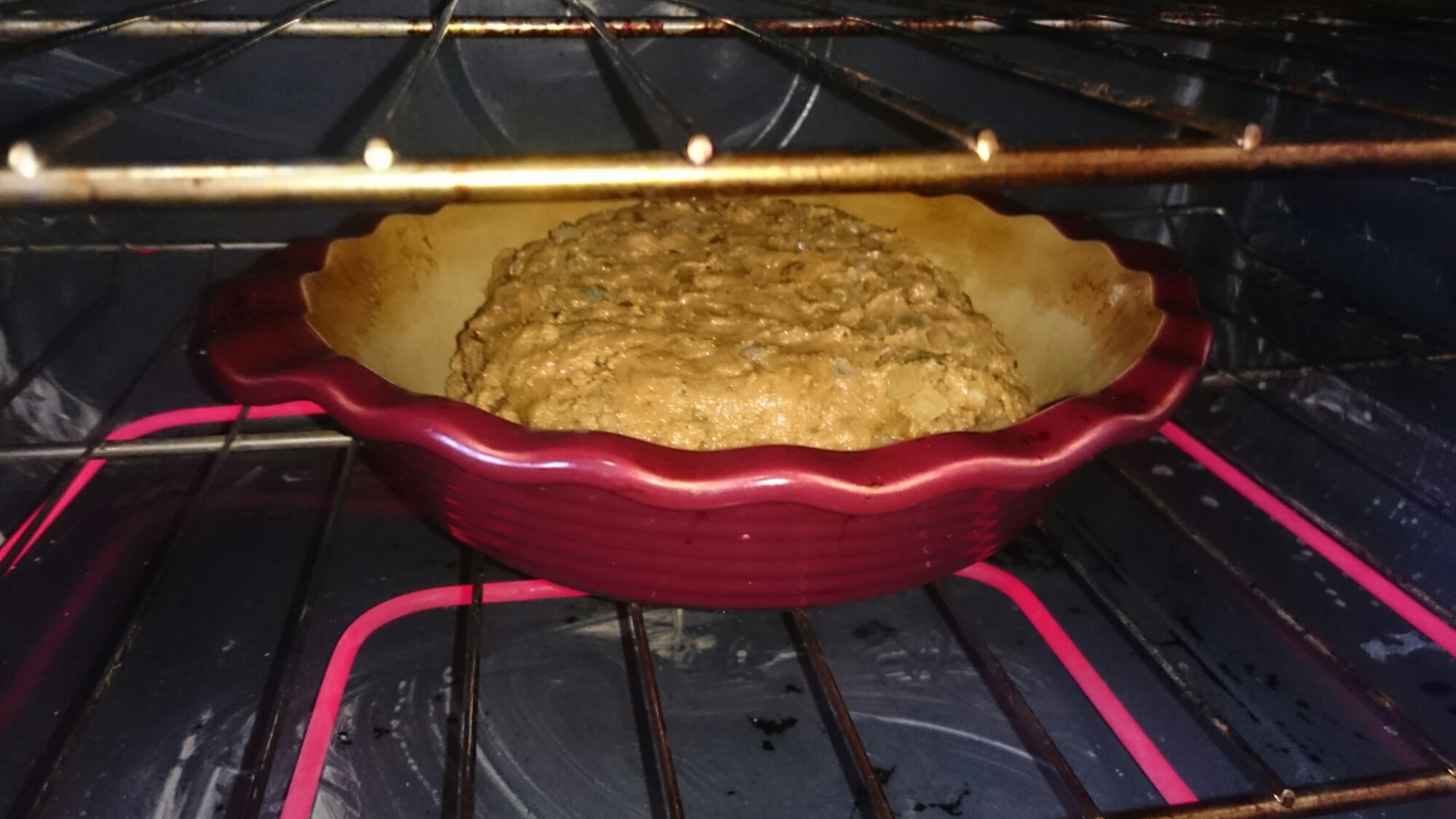 hand
hand - shape into loaf and bake on bread stone at 270 until cooked through (about an hour to an hour and a half)
This results in a super spicy and sweet bread that brings together heat and sweet. I used long pepper to give it that heat kick, the flavours of the spices all melded well with the honey and fruit. The one issue is that the outer crust is quite tough so maybe something to be dunked into your eggnog this christmas. My original plan had it baked at a higher temperature, I think the lower temperature now in the recipe recreation might be better.
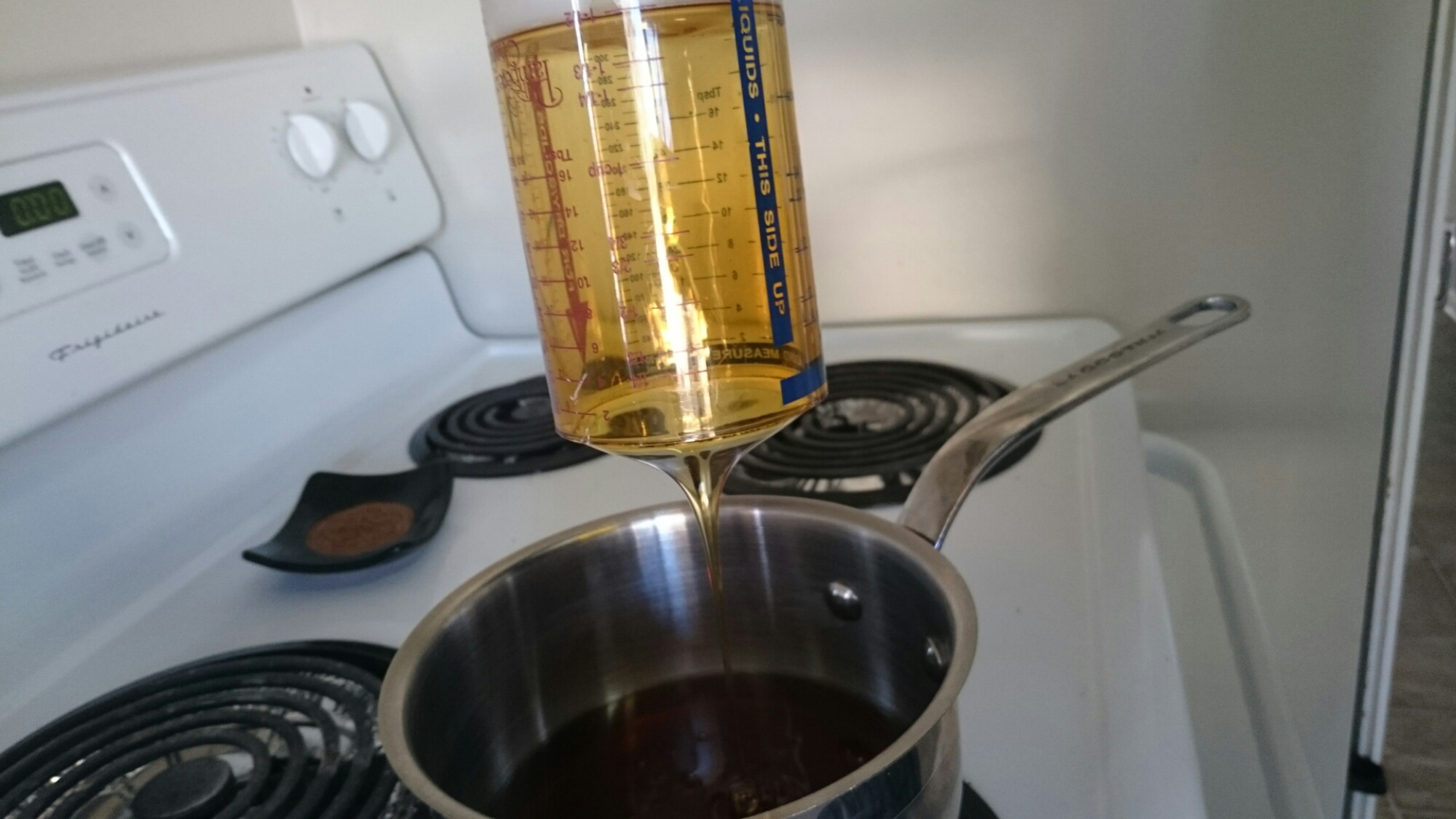
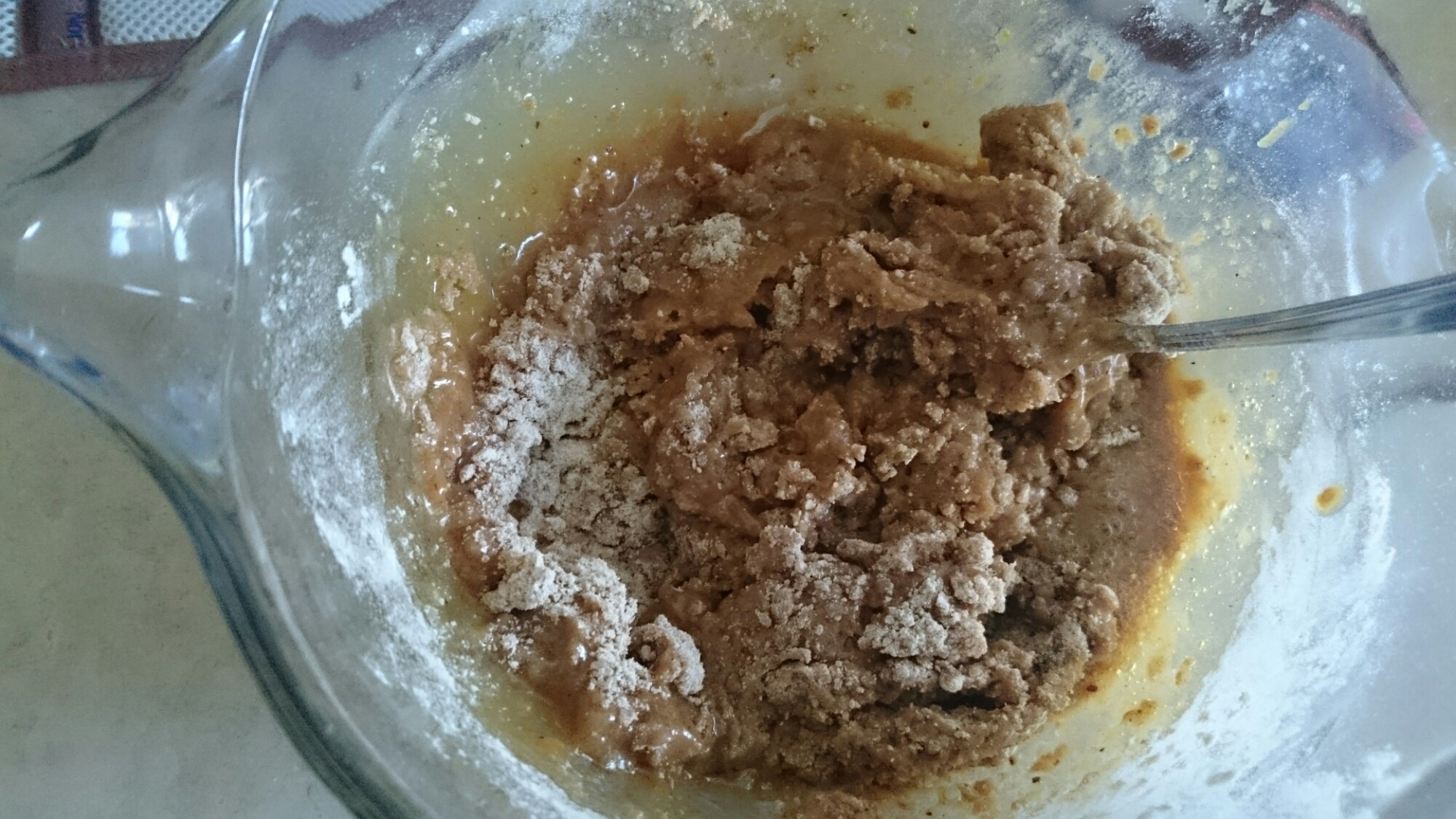
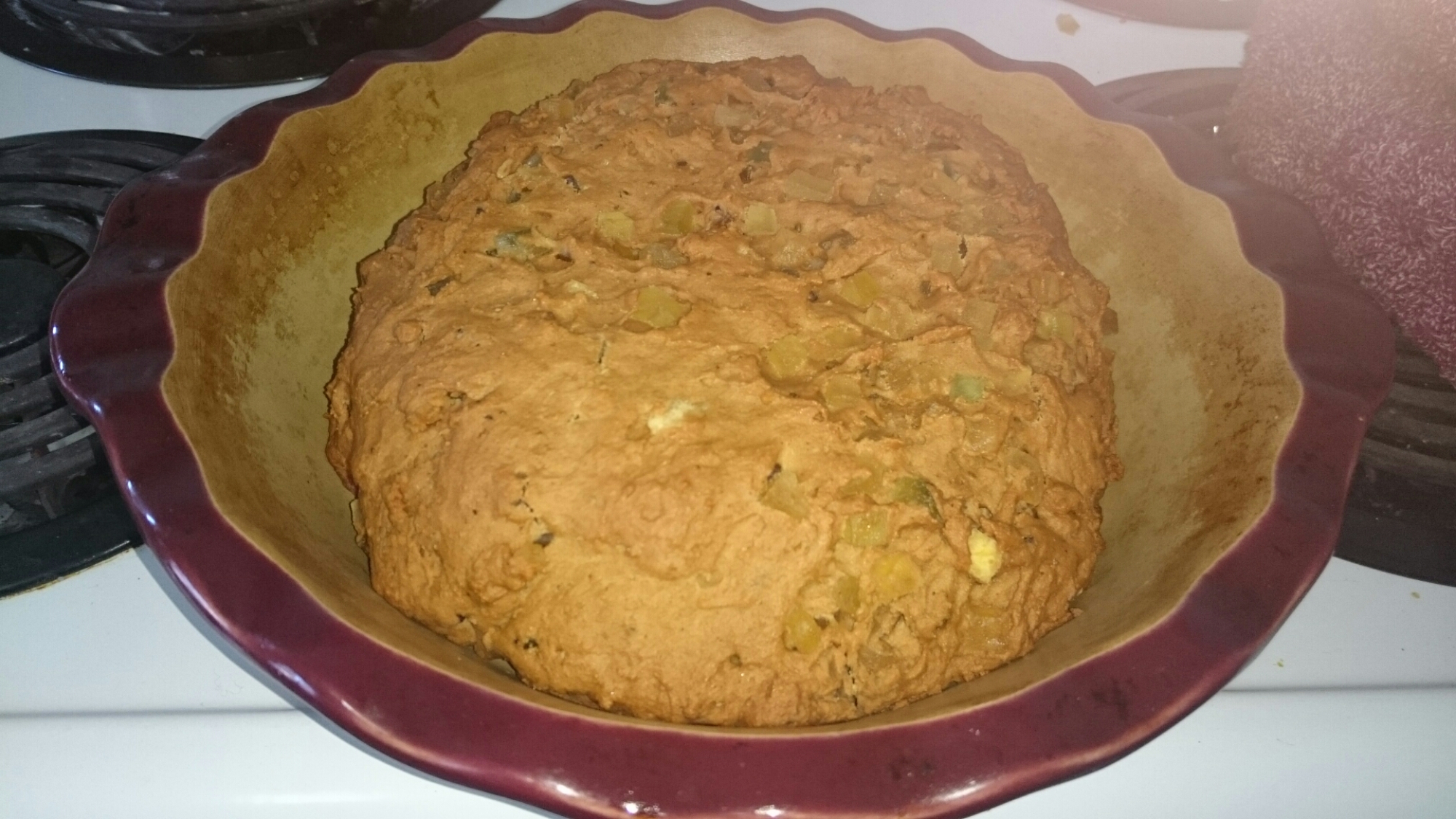
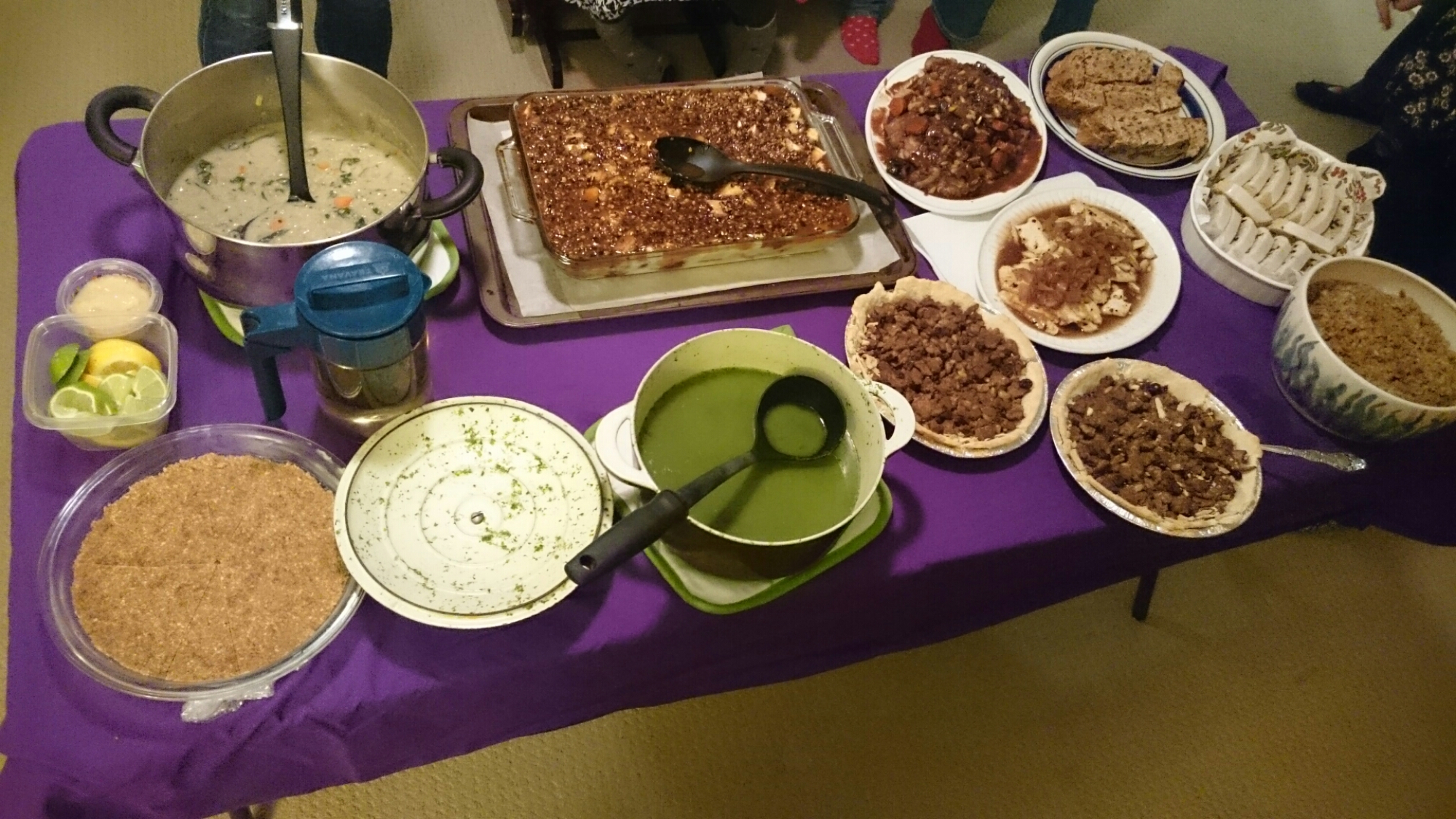
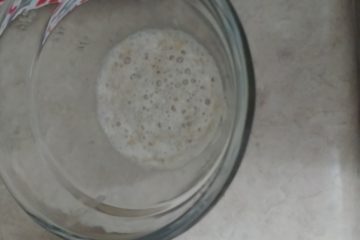
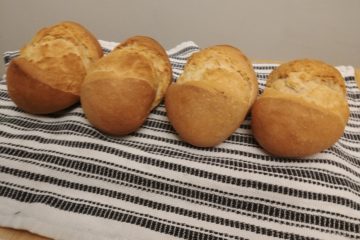
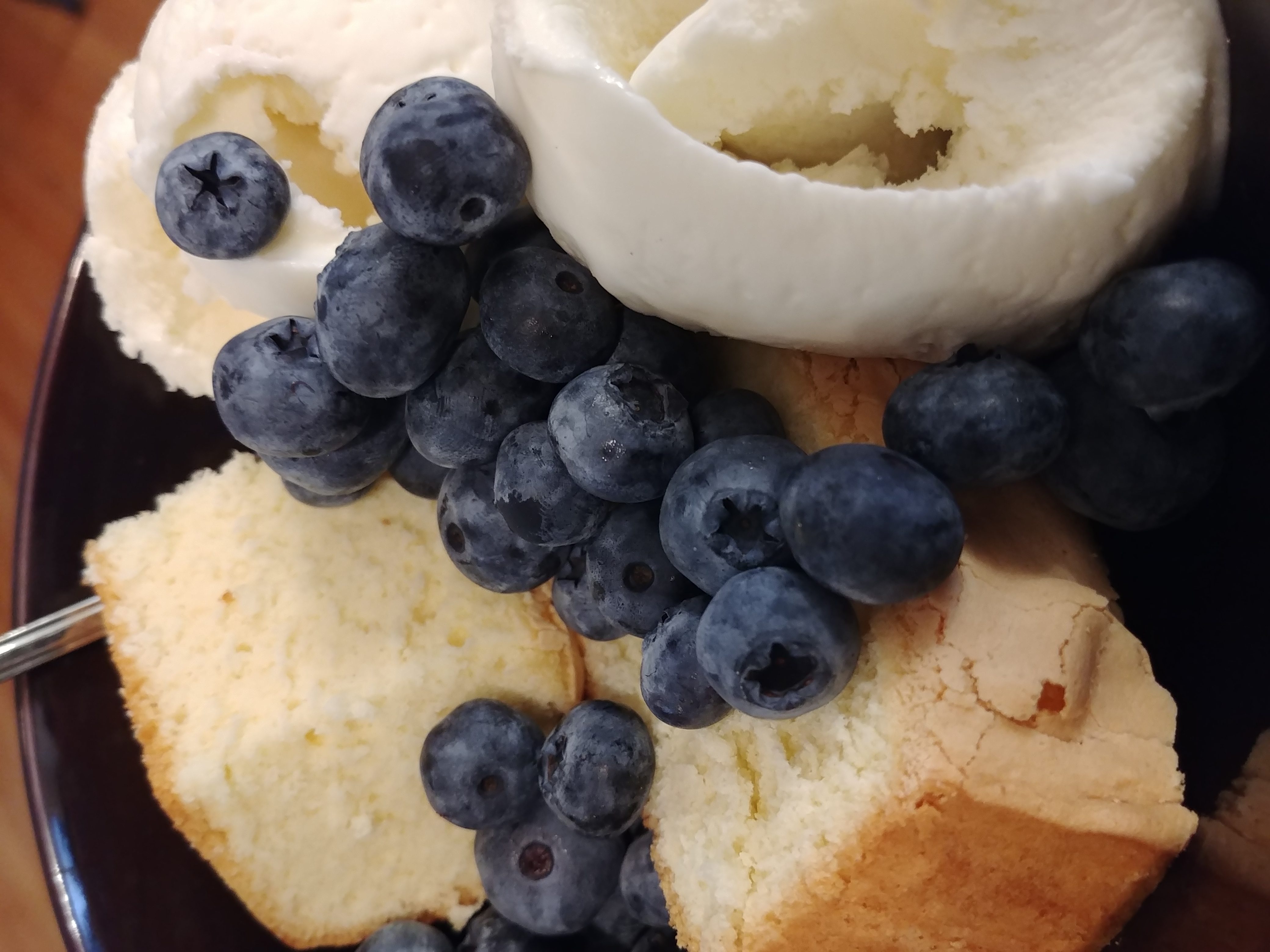
You must be logged in to post a comment.